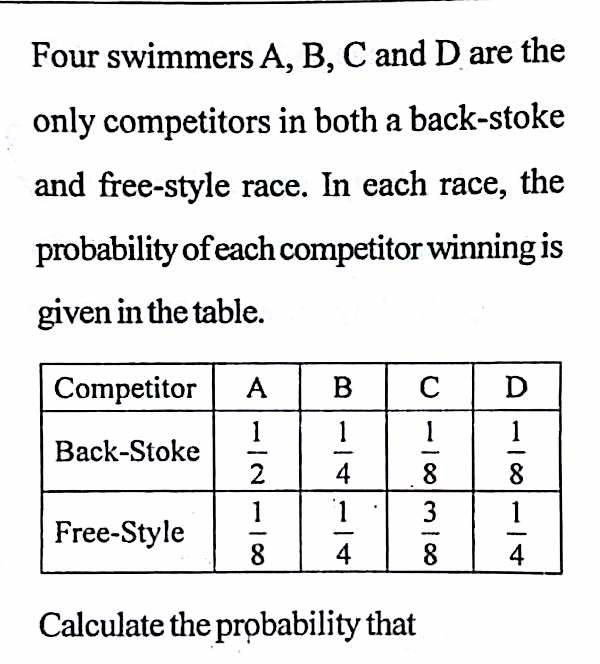
AllQuestion and Answers: Page 1897
Question Number 19739 Answers: 1 Comments: 0
Question Number 19738 Answers: 1 Comments: 1
Question Number 19736 Answers: 1 Comments: 1

Question Number 19735 Answers: 1 Comments: 0
Question Number 19733 Answers: 1 Comments: 0
Question Number 19734 Answers: 1 Comments: 0
Question Number 19732 Answers: 1 Comments: 0
Question Number 19730 Answers: 1 Comments: 0
Question Number 19729 Answers: 1 Comments: 0
Question Number 19709 Answers: 1 Comments: 0
Question Number 19704 Answers: 1 Comments: 0
Question Number 19783 Answers: 1 Comments: 3
Question Number 19700 Answers: 1 Comments: 0
Question Number 19699 Answers: 0 Comments: 0
Question Number 19698 Answers: 1 Comments: 0
Question Number 22315 Answers: 0 Comments: 0
Question Number 19696 Answers: 1 Comments: 0
Question Number 22313 Answers: 1 Comments: 2

Question Number 19690 Answers: 1 Comments: 0
Question Number 19786 Answers: 1 Comments: 0
Question Number 19785 Answers: 1 Comments: 0
Question Number 19688 Answers: 1 Comments: 0
Question Number 19687 Answers: 1 Comments: 0
Question Number 19683 Answers: 1 Comments: 0
Question Number 19679 Answers: 0 Comments: 1

Question Number 19675 Answers: 1 Comments: 1

Pg 1892 Pg 1893 Pg 1894 Pg 1895 Pg 1896 Pg 1897 Pg 1898 Pg 1899 Pg 1900 Pg 1901
